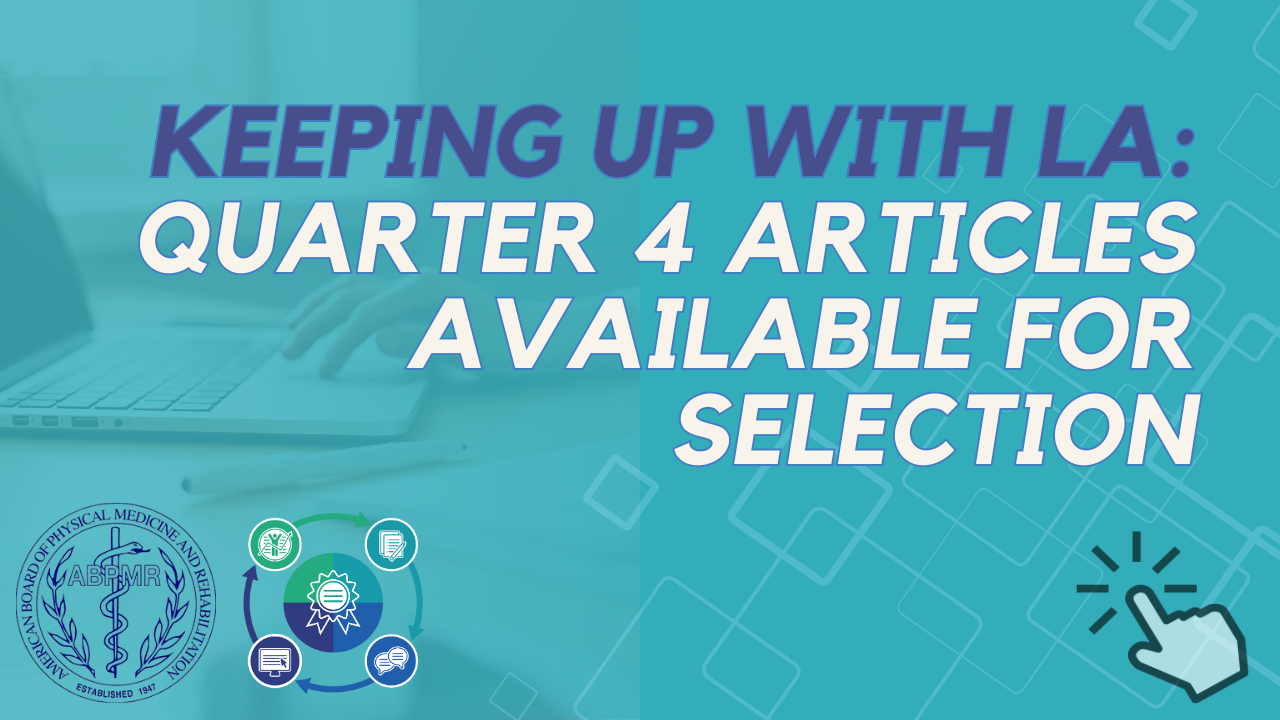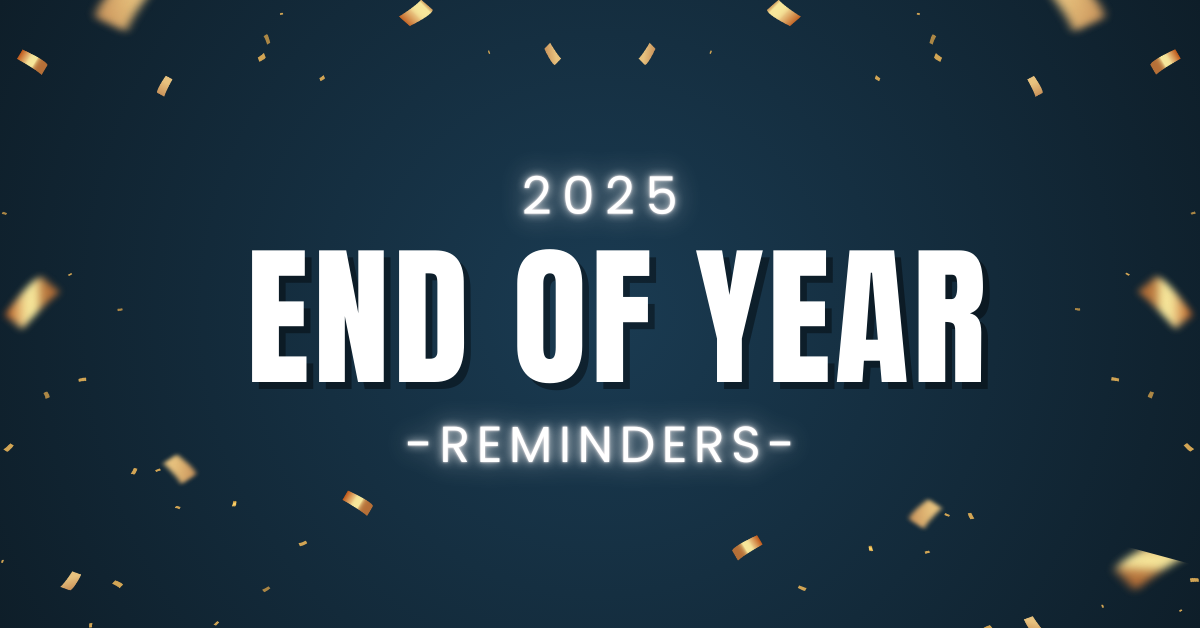LA-PMR
The Evolution of Time-Limited Certification: What Continuing Certification Really Means

Part of the plan to implement longitudinal assessment for PM&R (LA-PM&R) starting next year is a change to the 10-year certification time limits that have been in effect since 1993. Understandably, this part of the transition to LA has caused some concern and questions — but what does the end of 10-year certification really mean, and how different is the new program from today’s requirements?
The Evolution of Board Certification Time Limits
Led by the American Board of Medical Specialties (ABMS) and in response to some public pressures, in the early 1990s board certification terms were limited to a maximum of 10 years, during which physicians were expected to complete certain requirements in order to keep their certification.
What boards began seeing almost immediately was a tendency for these requirements to go undone until year 9 or 10, when many activities were completed at once, rather than spread out over the 10-year period. While this was an improvement over a certificate with no continuing requirements, it didn’t fit with the spirit of the program — which has always been to ensure the public that certified physicians participating in maintenance of certification were continually keeping up their medical knowledge and skills, including learning, improvement, and periodic assessment.
That’s why, in the early 2010s, the ABPMR (along with several other boards) decided to set mid-cycle requirements at the five-year mark. ABPMR diplomates with certificates issued in 2012 and later have these ‘milestone’ requirements which, if not completed by the end of year 5, result in a publicly reported MOC status change (‘not meeting requirements’) and a reinstatement fee.
Even with these five-year milestones, the expectations of a 10-year certificate (and thus, 10-year requirements) continue to persist.
Coming in 2021: Continuing Board Certification
There are many reasons the ABPMR is enthusiastic about the change to longitudinal assessment, including that it directly addresses diplomate feedback on MOC including increased relevance and meaning, improved learning tools, and decreased burden. But one of the most significant reasons is its evidence-based format of administering questions each quarter, a truly continuous learning model.
As a continuous learning platform, LA will achieve the vision of MOC at its outset, helping physicians keep up through identification of knowledge gaps, resources for improvement, and periodic assessment. For the ABPMR, the ‘period’ for these assessments — though you’ll get feedback continually — is every five years.
In order to streamline the rest of the MOC program, the ABPMR is setting other requirements in five-year increments as well, including professional standing, CME and self-assessments, and quality improvement (more on this requirement here in a couple weeks).
Importantly, the five-year requirements in this continuing board certification program match almost exactly with the current ‘milestone’ requirements for anyone with a certificate issued in 2012 and later. The only difference is that the secure exam has been replaced by longitudinal assessment.
From Every Decade to Continuing
It’s not just physician board certification — in many professions with an expectation of renewal or continuous improvement, there is movement toward shorter, more frequent, lower-stakes assessments, as well as requirements that ensure truly ongoing learning and improvement.
As we transition into the new program of continuing certification, we hope that the terminology, requirements, and even your certificate will help you think of your certification not in 10-year increments, but as an ongoing process that you can integrate seamlessly with your clinical work and other improvement efforts.
And that’s the real goal of these changes. Not only is the board responding to diplomate feedback on the relevance, meaning, and burden of MOC requirements, but they are also dedicated to designing a program that provides valuable tools on your self-guided journey of continuous learning and improvement.
Questions on when your certification will transition to a continuing process? Check out the LA-PM&R webpage, including the "What About Me?" tool, or contact our MOC experts at the board office.



